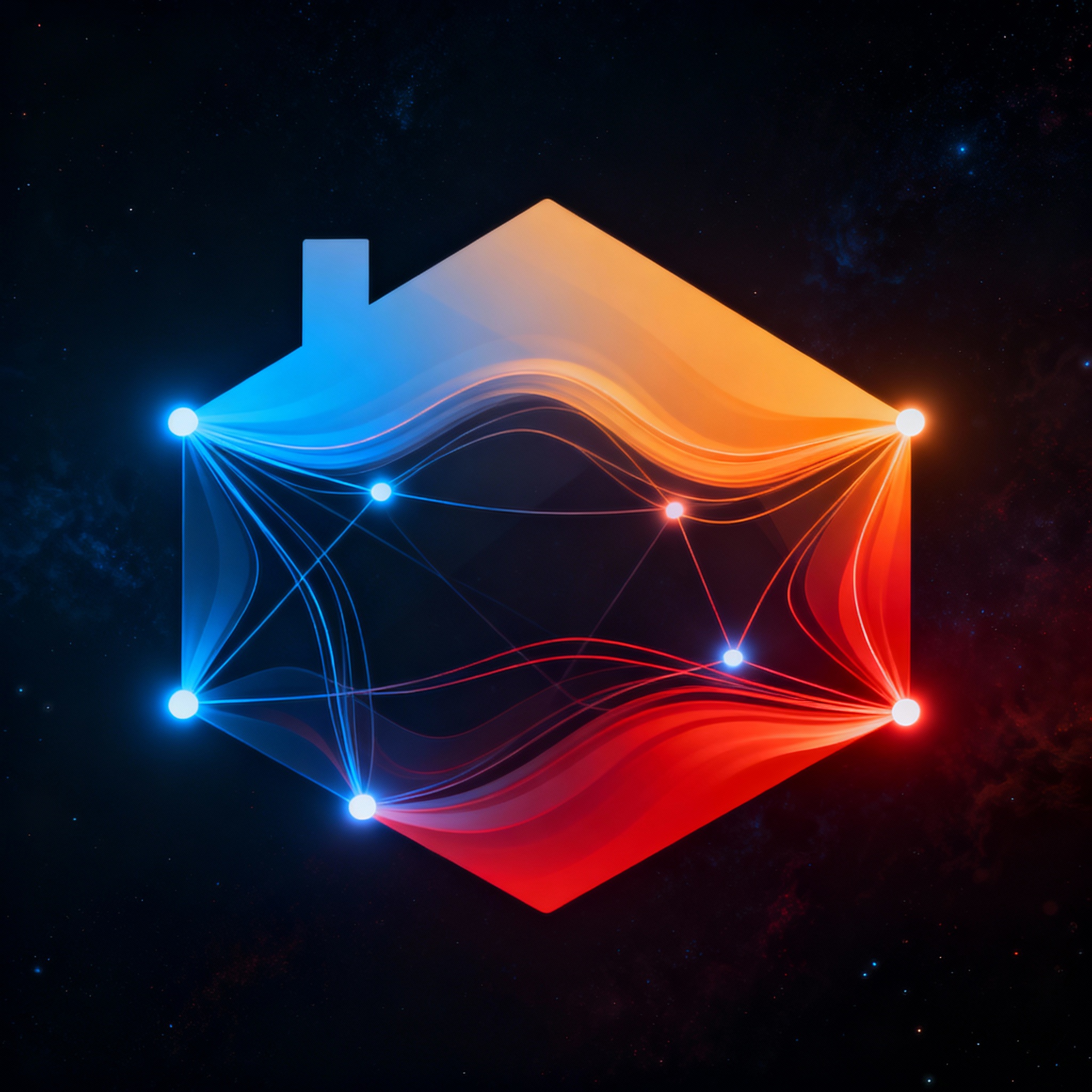
The Automotive Technical Documentation Challenge RAG Was Built to Solve
The Automotive Technical Documentation Challenge RAG Was Built to Solve
Imagine a busy auto repair shop where a mechanic is diagnosing a tricky engine fault in a modern electric vehicle. The service manual spans thousands of pages, scattered across PDFs, diagrams, and updates from the manufacturer. Without quick access to the right information, downtime piles up, costs rise, and frustration mounts. This scenario plays out daily in the automotive industry, where technical documentation is a lifeline but often a labyrinth. Retrieval-Augmented Generation (RAG) emerges as a targeted fix, blending retrieval mechanisms with generative AI to deliver accurate, relevant answers on demand.
In this post, we'll break down the core challenges of automotive technical documentation and how RAG provides a practical path forward. Drawing from recent research and real-world applications, we'll explore RAG's mechanics, its benefits for the sector, and tips for implementation. Whether you're a developer building AI tools or an automotive professional seeking efficiency, understanding RAG could streamline your workflows significantly.
Understanding the Documentation Dilemma in Automotive
The automotive sector generates an enormous volume of technical data. From wiring schematics to diagnostic trouble codes (DTCs), repair procedures, and compliance standards, the information is dense and ever-evolving. A single vehicle model might have documentation exceeding 10,000 pages, updated frequently due to software patches or recalls. Mechanics and engineers often spend more time searching than fixing, leading to inefficiencies that impact productivity and safety.
Consider the scale: according to industry reports, technicians waste up to 30% of their time hunting for information in outdated or siloed systems. This isn't just an annoyance—it's a barrier to innovation in an industry pushing toward electrification and autonomous driving. Traditional search tools fall short because they rely on keyword matching, missing the nuance of context or the need for synthesized insights.
RAG steps in by augmenting large language models (LLMs) with a retrieval component that pulls from a knowledge base before generating responses. This hybrid approach ensures outputs are grounded in verified data, reducing hallucinations and improving reliability. For automotive use cases, this means querying a database of technical manuals to get step-by-step repair guides tailored to the specific issue.
How RAG Works: A Primer for Automotive Applications
At its core, RAG involves two main stages: retrieval and generation. First, a query—like "How do I replace the battery in a 2023 Tesla Model Y?"—triggers a search across indexed documents. Advanced techniques, such as those outlined in Retrieval-Augmented Generation: A Comprehensive Survey of Architectures, Enhancements, and Robustness Frontiers, enhance this process by incorporating semantic search and vector embeddings for more accurate matches.
Once relevant chunks are retrieved, the generative model synthesizes them into a coherent response. This is particularly useful in automotive settings, where answers must be precise to avoid costly errors. For instance, RAG can cross-reference multiple sources, like factory service bulletins and user forums, to provide a comprehensive fix.
Recent advancements have pushed RAG further. RankRAG: Unifying Context Ranking with Retrieval-Augmented Generation in LLMs introduces ranking mechanisms to prioritize the most relevant retrieved information, which could refine searches in complex automotive datasets. Similarly, ChatQA: Surpassing GPT-4 on Conversational QA and RAG demonstrates how RAG can outperform standalone models in conversational queries, ideal for interactive mechanic assistants.
In practice, implementing RAG for automotive docs might involve vector databases like Pinecone or FAISS to store embeddings of technical PDFs. A query embedding is generated, and the system retrieves the top-k similar documents. The LLM then generates an answer, citing sources for transparency.
Benefits of RAG in Automotive Technical Documentation
Adopting RAG brings tangible advantages to the automotive field. First, it boosts accuracy. Unlike pure generative AI, which might fabricate details, RAG grounds responses in real documents, minimizing risks in high-stakes environments like vehicle repairs.
Efficiency is another key win. Mechanics can ask natural-language questions and get instant, context-specific answers, cutting search time dramatically. For example, in a fleet management scenario, RAG could analyze maintenance logs alongside OEM manuals to predict failures, preventing breakdowns.
Scalability shines through as well. Automotive companies deal with multilingual docs and varying formats; RAG handles this by indexing diverse data sources. Research in Retrieval-Augmented Generation with Graphs (GraphRAG) explores graph-based retrieval, which could model relationships between vehicle components—like how a faulty sensor affects the entire ECU system—for deeper insights.
From a compliance angle, RAG ensures responses align with regulatory standards, such as those from NHTSA or EPA, by retrieving from authorized databases. This reduces liability and supports global operations.
Real-world examples illustrate these benefits. A major automaker might deploy a RAG-powered chatbot for dealer networks, allowing quick access to recall information. Tools like ChatRAG, a Next.js boilerplate for building chatbot-agent SaaS, make it easier to prototype such systems, integrating RAG pipelines with user-friendly interfaces.
Overcoming Implementation Hurdles
While promising, rolling out RAG isn't without challenges. Data quality is paramount—garbage in, garbage out. Automotive docs often include diagrams and tables that standard text retrieval struggles with. Solutions involve multimodal RAG, incorporating image and table parsing.
Another hurdle is latency. Retrieving from large corpora can slow responses, but optimizations like those in Retrieval-Augmented Generation (RAG) focus on efficient indexing to keep things snappy.
Privacy and security matter too, especially with proprietary designs. On-premise deployments or federated learning can address this, ensuring sensitive data stays in-house.
For developers, starting small is key. Begin by indexing a subset of docs, say for a single vehicle line, and iterate based on user feedback. Frameworks like LangChain or Haystack simplify building RAG pipelines, and integrating with ChatRAG can accelerate deployment for SaaS products targeting automotive clients.
Case Studies and Emerging Trends
Looking at applications, consider a hypothetical deployment at an EV manufacturer. Using RAG, their internal knowledge base answers engineer queries on battery management systems, pulling from research papers and patents. This mirrors findings in a study on RAG for industrial applications, which highlights improved decision-making in technical fields.
Emerging trends point to hybrid models. Combining RAG with knowledge graphs, as in GraphRAG, could visualize component dependencies, aiding complex diagnostics. Future iterations might incorporate real-time data from vehicle telematics, creating dynamic documentation that evolves with usage.
In conversational AI, advancements like those in RankRAG enable multi-turn dialogues, where a mechanic follows up on an initial query with refinements, building a troubleshooting thread.
Practical Steps to Get Started with RAG
Ready to implement? Here's a step-by-step guide:
-
Assess Your Data: Audit your technical docs for formats and volume. Convert to searchable text if needed.
-
Choose Tools: Opt for open-source libraries like Hugging Face Transformers for embeddings. For a full-stack solution, ChatRAG provides a boilerplate to build and deploy RAG-enabled chatbots quickly.
-
Build the Pipeline: Index documents using a vector store. Implement retrieval with cosine similarity, then feed to an LLM like Llama or GPT.
-
Test and Iterate: Use automotive-specific queries to evaluate accuracy. Metrics like retrieval recall and generation coherence are crucial.
-
Deploy Securely: Ensure API endpoints are protected, especially for enterprise use.
By following these, you can create a RAG system that not only solves documentation woes but also scales with your needs.
Key Takeaways and Looking Ahead
RAG addresses the automotive technical documentation challenge head-on by providing accurate, efficient access to vast knowledge bases. It reduces search friction, enhances safety, and supports innovation in a rapidly changing industry. As research evolves— from comprehensive surveys to graph-enhanced methods—the potential for RAG grows.
In summary:
- RAG combines retrieval and generation for grounded AI responses.
- It tackles efficiency and accuracy issues in automotive docs.
- Implementation is accessible with tools like ChatRAG, promising quick wins for developers and businesses alike.
As the automotive world shifts toward smarter vehicles, RAG will likely play a pivotal role in making technical information more accessible and actionable.
Ready to build your AI chatbot SaaS?
ChatRAG provides the complete Next.js boilerplate to launch your chatbot-agent business in hours, not months.
Get ChatRAGRelated Articles

How RAG Elevates Property Matching in Modern Real Estate Searches
In the fast-paced world of real estate, finding the perfect property match can be a challenge. Retrieval-Augmented Generation (RAG) is stepping in to streamline searches by combining AI with targeted data retrieval. This blog explores how RAG improves accuracy, personalization, and efficiency in property matching.

Implementing RAG in Financial Fraud Detection: A Developer's Guide
Financial institutions lose billions annually to fraud, but emerging AI techniques like Retrieval-Augmented Generation (RAG) offer a powerful way to stay ahead. In this guide, we delve into how RAG integrates real-time data retrieval with generative AI to detect anomalies and prevent scams. Developers will find step-by-step insights to implement these systems effectively.

What RAG Means for the Future of Marketing Content and SEO
Retrieval-Augmented Generation (RAG) combines AI's generative power with precise information retrieval, offering marketers a tool to create accurate, SEO-optimized content. As search engines evolve, RAG helps brands stay visible in an AI-dominated landscape. By integrating external knowledge, it addresses common pitfalls in AI-generated content like inaccuracies and lack of relevance.